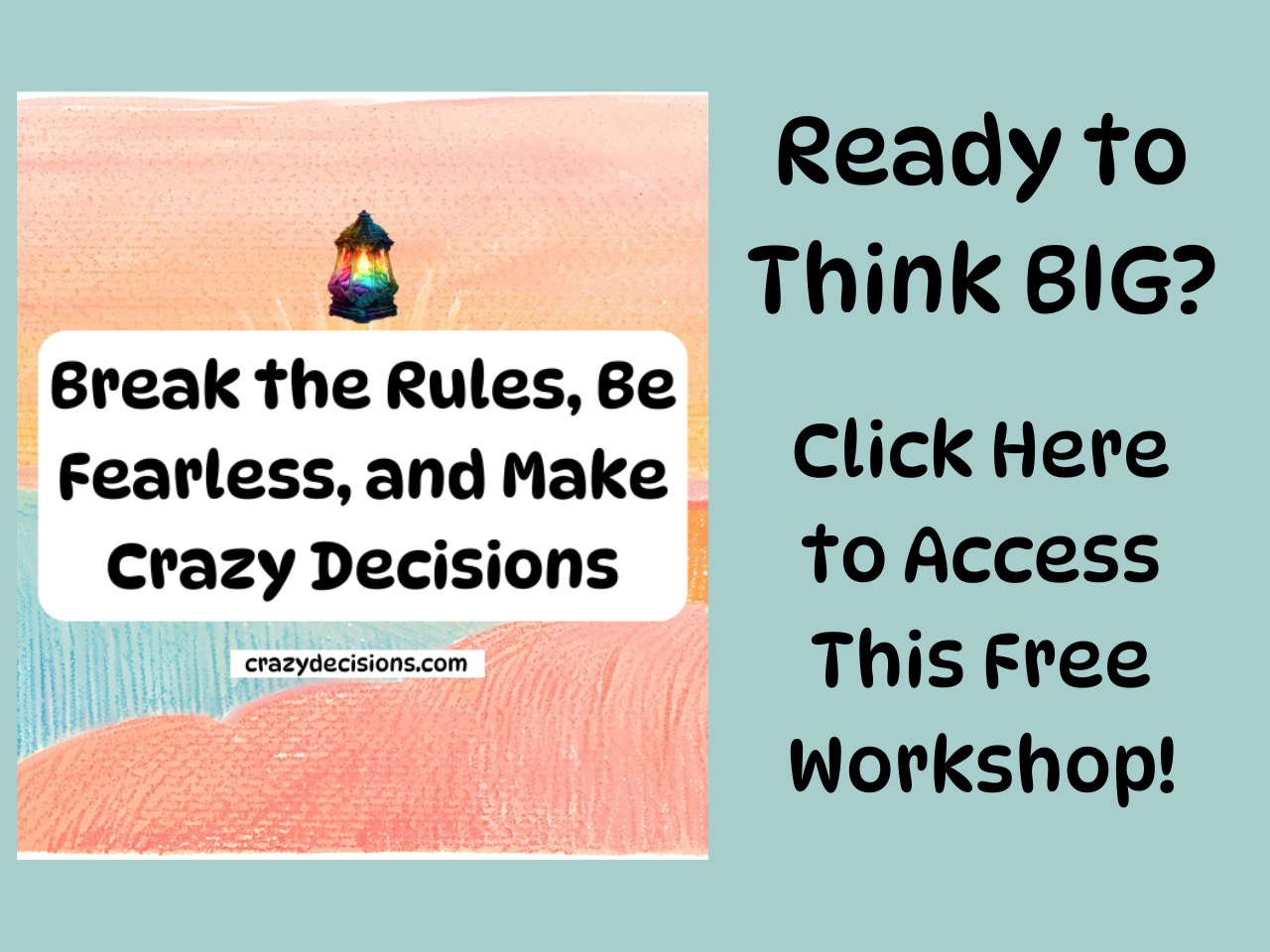
How Experimentation Fuels Business Breakthroughs
Experimentation is like a compass for digital entrepreneurs. It points you toward unexpected opportunities.
Nobody starts with all the answers. Trial and error not only drive progress, but they also reveal insights you didn’t even know you needed.
Whether you're tweaking your sales funnel or testing new content strategies, small experiments often lead to transformative shifts.
So, why guess when you can test?
Table of Contents
The Science Behind Experimentation
The Importance of Experimentation for Digital Entrepreneurs
Steps to Effective Experimentation

Understanding Experimentation
Experimentation is the backbone of progress, especially for digital entrepreneurs chasing big wins.
It's not just about guessing and hoping something works. Instead, it's about setting up small, calculated tests to figure out what actually drives results.
Think of it as your personal laboratory, only the lab is your business, and the results? Well, they can be massive.
The Science Behind Experimentation
At its core, experimentation is rooted in the scientific method. Yes, the same one you learned about in school (and no, it's not as boring as it was then).
The process goes like this:
Ask a Question: What's not working, or what could work better?
Do Some Research: Gather insights, analyze trends, and look at what others are doing.
Form a Hypothesis: Predict what might happen if you try a specific change.
Test It: This is where the rubber meets the road—run the experiment!
Analyze the Results: Did it succeed? Fail? Why?
The beauty of this approach is its clarity. It removes the guesswork, helping you focus on what matters. Whether you're tinkering with email subject lines or tweaking ad copy, applying these principles offers a structured way to measure success.
Types of Experimentation
Not all experiments are one-size-fits-all. Depending on your goals, you can choose from several types:
A/B Testing: This is the "pick your favorite" game. Compare two versions of the same thing (like headlines or button colors) and see which performs better.
Controlled Experiments: These rely on isolating variables. You change one thing while keeping everything else consistent. It's like slicing the chaos out of the equation.
User Feedback: Sometimes, the best experiments don’t involve data dashboards. They involve people! Ask your audience directly what they'd like to see or improve.
Each type has its role, and often, you’ll combine them for more robust insights. The key is staying curious and open to whatever the experiments reveal because they’ll always tell you something valuable, even if it’s unexpected.

The Importance of Experimentation for Digital Entrepreneurs
Experimenting isn’t just for scientists in lab coats, it’s your lifeline as a digital entrepreneur.
Every big breakthrough you see in business? It likely started as a curious experiment.
Relying on assumptions or sticking to the same strategies won't keep your business thriving. Testing helps you pull back the curtain on what works and what doesn’t.
Driving Innovation
Innovation doesn’t just fall out of the sky. It’s built, step by step, through experiments and trying new approaches. When you experiment, you give yourself the chance to stumble onto unique ideas that you wouldn't have thought of otherwise.
Think about it, how do you come up with that next big feature, better user experience, or killer marketing campaign? Experiments.
Say you’re running a small online store. Is your homepage layout pulling people in, or are they bouncing? You won’t know unless you test a few variations. Maybe just tweaking the call-to-action or changing your site speed leads to a sales jump.
Without experimenting, you’re guessing in the dark. Take what you learn from small tweaks, and suddenly, you’ve built an entirely new, more engaging experience for your customers.
Curiosity works like a muscle, the more you stretch it, the better your ideas get.

Steps to Effective Experimentation
Experimentation without a clear direction is like throwing darts in the dark, you might hit the target once, but chances are you’ll miss a lot more.
Effective experimentation is all about strategy.
You’re not just playing around; you’re building a foundation for reliable and repeatable results.
In this section, we’ll break down the core steps that set up experiments for success.
Identifying Hypotheses
Every experiment starts with a hypothesis, but here’s the deal: vague ideas don’t cut it. A good hypothesis needs to be specific, testable, and focused on helping you solve a real problem.
Think of it like building a bridge, you need firm foundations before you can get to the other side.
Ask yourself:
What problem are you solving? Are you looking to increase conversions, engagement, or something else entirely?
What do you predict will happen? Your hypothesis should include a clear prediction based on what you know or suspect.
Here’s an example: Instead of saying, “I want to see if a new homepage will work better,” say, “I believe changing the call-to-action button color to red will increase click-through rates by 10% in 30 days.” Notice how that gets to the point? Clarity and specificity make it easier to test and learn.
Designing the Experiment
Your hypothesis is locked, and now you’re all set to dive in or are you? Experiment design can make or break your results, so it pays to plan things out carefully.
Here are a few essentials to keep things on track:
Define your control and variables: Keep one thing constant while altering another. For example, if you’re testing email subject lines, only tweak the text, not the sender or timing.
Choose a sample size: Larger numbers work better for spotting patterns. (But hey, don’t stress if you’re just starting small because every bit of data helps.)
Pick the right metrics: If your goal is clicks, don’t measure just impressions. Always match metrics to your hypothesis.
This is where it pays to channel your inner scientist (minus the lab coat). The effort put into designing an experiment saves you from wasting time or chasing bad data later on.
Data Collection and Analysis
Okay, your experiment is live, what’s next? Data collection is where you gather the proof you need to know whether that hypothesis holds water.
But it’s not just about numbers; it’s about understanding the story your data tells.
Be consistent: Use tools or methods that let you reliably compare data across variables. If you’re split-testing, ensure all traffic splits evenly.
Watch for patterns: Trends often reveal results faster than raw numbers. Look for upticks or dips and ask, "Why is this happening?"
Don’t rush: Give your experiment enough time to produce meaningful results. Cutting things off too early can lead to misleading conclusions.
Once you’ve got the data, it’s analysis time.
Ask: Did your hypothesis hit the mark?
If yes, great, move forward. If no, that’s still progress. Every experiment teaches you something, even when the results aren’t what you expected.

Overcoming Challenges in Experimentation
Experimentation sounds exciting. It’s all about testing, learning, and improving, right? Yep, although it’s not always smooth sailing.
Challenges pop up, and you’ve got to know how to handle them. Whether it's push back from your team or running on a shoestring budget, you can’t let hurdles block your path to innovation.
Here’s a look at two of the biggest challenges and how you can overcome them like a pro.
Cultural Resistance
Imagine this: you’re hyped up about a new idea and eager to test it out, but your team? Well, they’re not exactly doing cartwheels.
Resistance to change is a natural reaction, people like their comfort zones. But what do you do when experimentation feels like it hits a brick wall?
Here’s how to break through:
Communicate the “Why”: People need to know why change matters. Share examples of experiments that led to massive wins, especially ones relevant to your business. Help them see the bigger picture.
Start Small: Instead of pitching a major overhaul, propose a low-risk test. It’s easier to sell a team on a quick win than a massive shift.
Invite Collaboration: Resistance often fades when people feel included. Let your team weigh in on how the test is designed, or even better, let them own parts of the process.
Think of your team as a garden, nurture and involve them, and they’ll grow into supporters instead of skeptics. Resistance isn’t a dead end; it’s an opportunity to get everyone on the same page.
Inadequate Resources
Let’s face it: not everyone has a fat budget to work with. Maybe you’re running a lean operation, or maybe the boss likes to keep the purse strings tight. Whatever the case, resource limitations can put up roadblocks. Good thing experiments don’t always need a ton of cash or manpower!
Here are some hacks for working with what you’ve got:
Use Free or Low-Cost Tools: Free trials, basic analytics tools, or even spreadsheets can go a long way for tracking results and collecting insights.
Repurpose Existing Assets: Instead of creating something new, tweak what you already have. Like testing different angles on an ad instead of developing a brand-new campaign.
Focus on High-Impact Areas: Limited resources mean prioritization is key. Focus on areas where the payoff could be significant, like improving a key sales funnel step.
Remember, experimentation is about curiosity and creativity, not expensive bells and whistles.
Operating on a small budget doesn’t mean small results, it means smart results. So, adjust your approach and keep pushing those boundaries.
Experimentation is your secret weapon for unlocking progress in your business. It’s not about perfection or huge budgets. It's about trying, learning, and adjusting.
Failure doesn’t mean the end; it’s proof you're moving forward.
Start small. Test a hypothesis. Analyze the outcome.
Then scale your insights into action. Breakthroughs come from curiosity and consistent effort.
Ready to spark your next innovation? Let experimentation lead the way.
Needing some CRAZY in your life? Join the club!
👇

© 2024+ Crazy Decisions | All Rights Reserved Worldwide
Crank up the Crazy, Dial Down the Doubt

